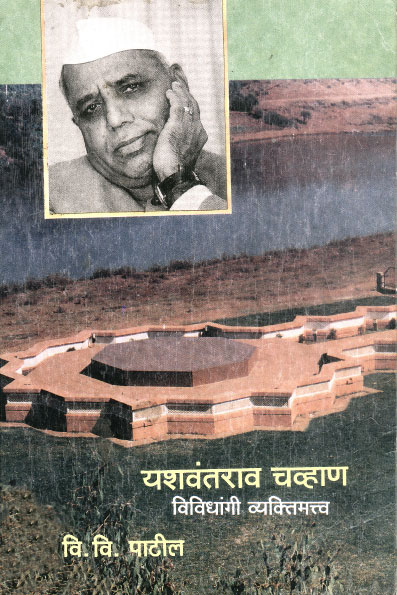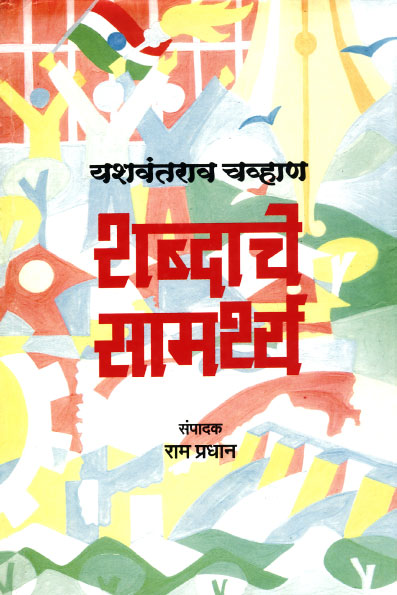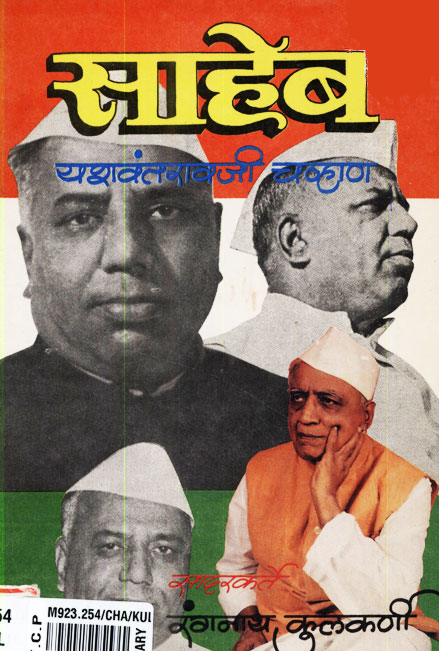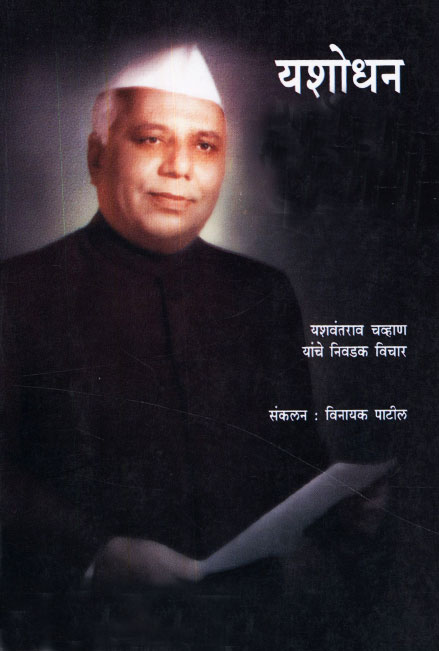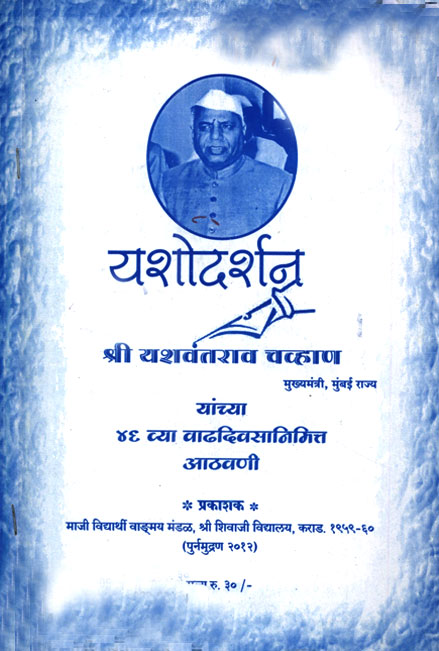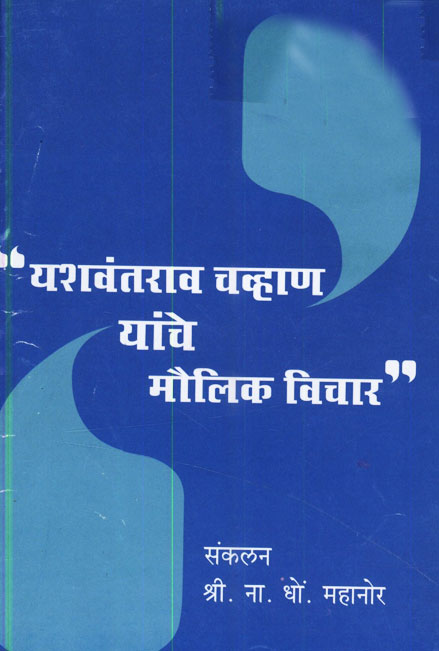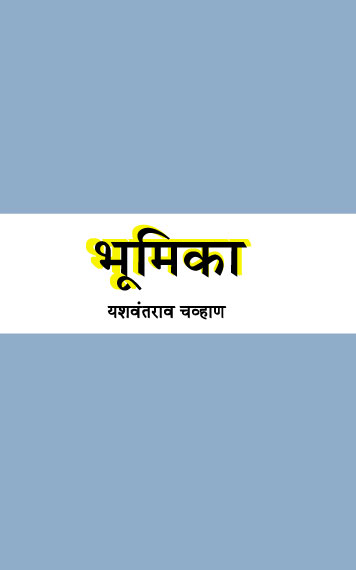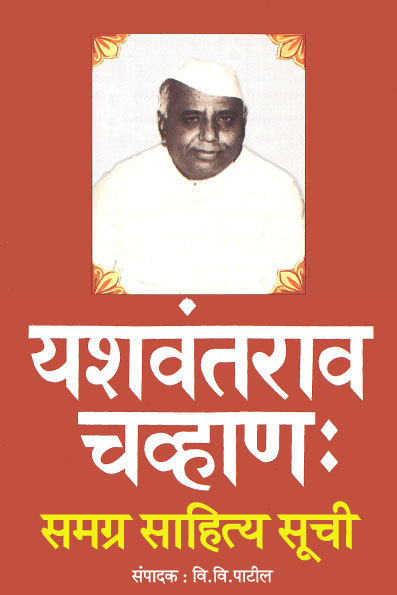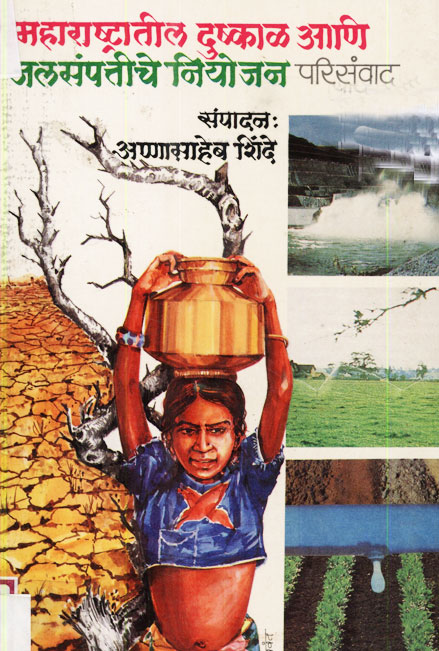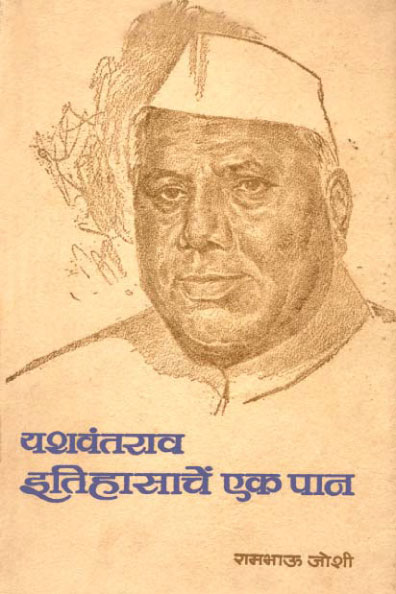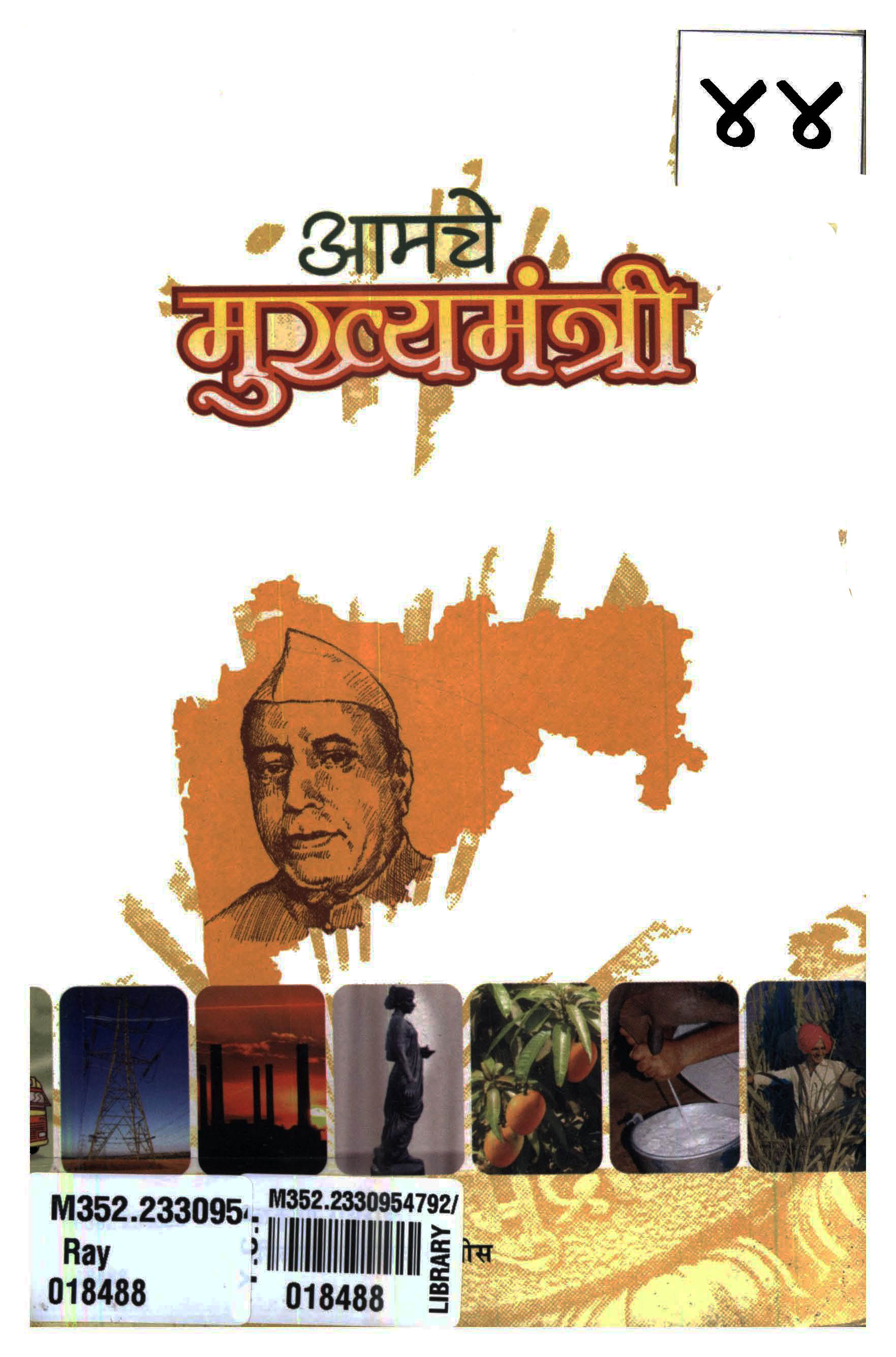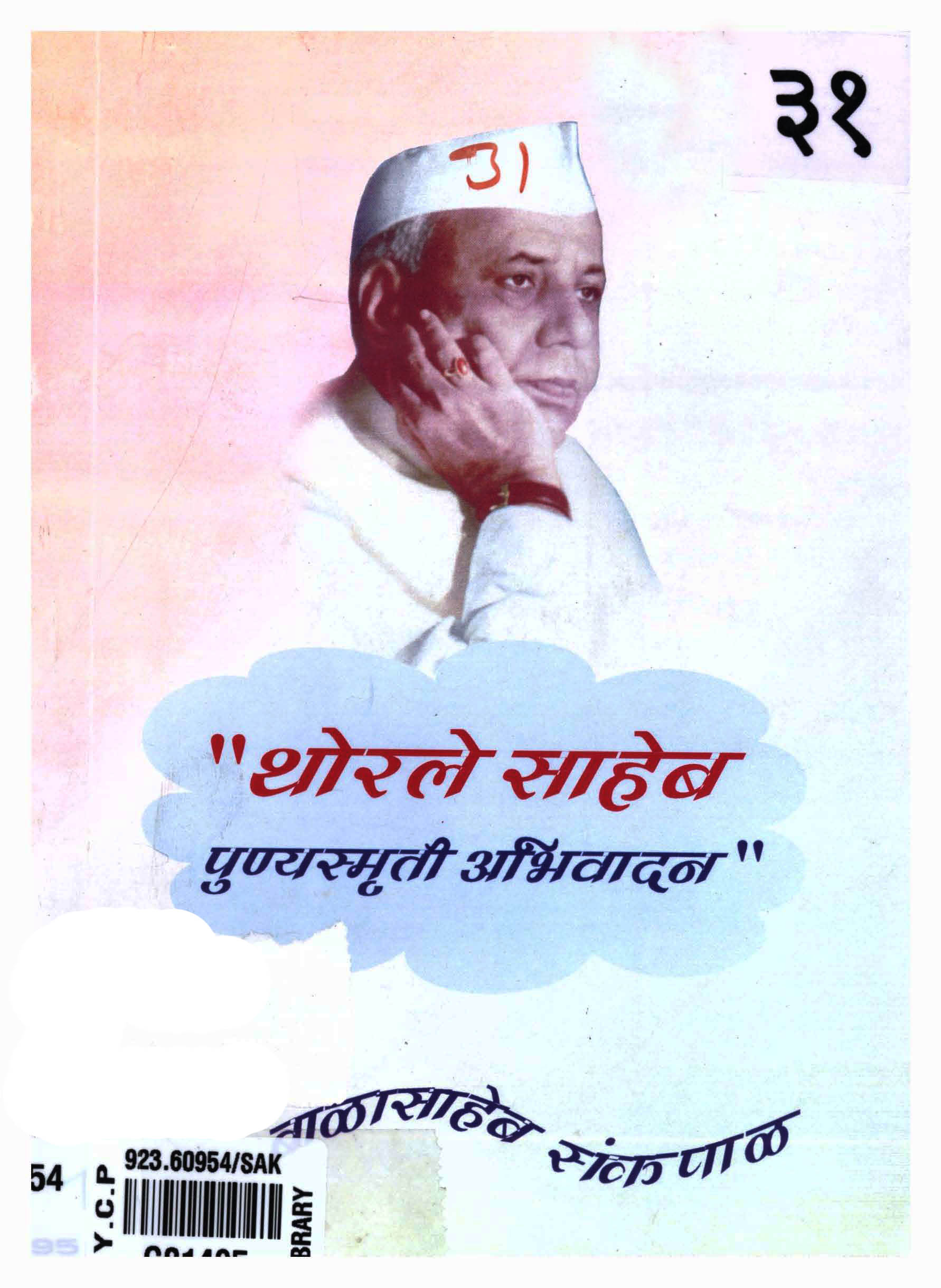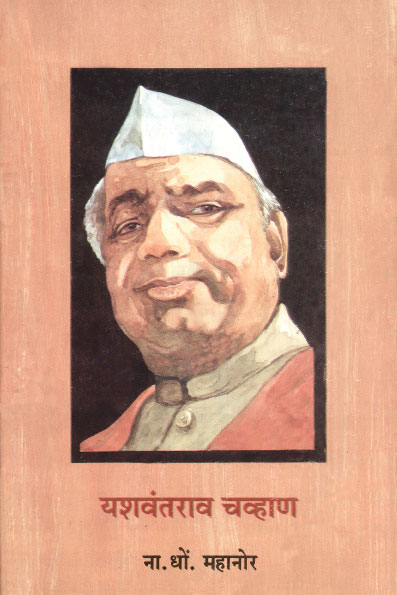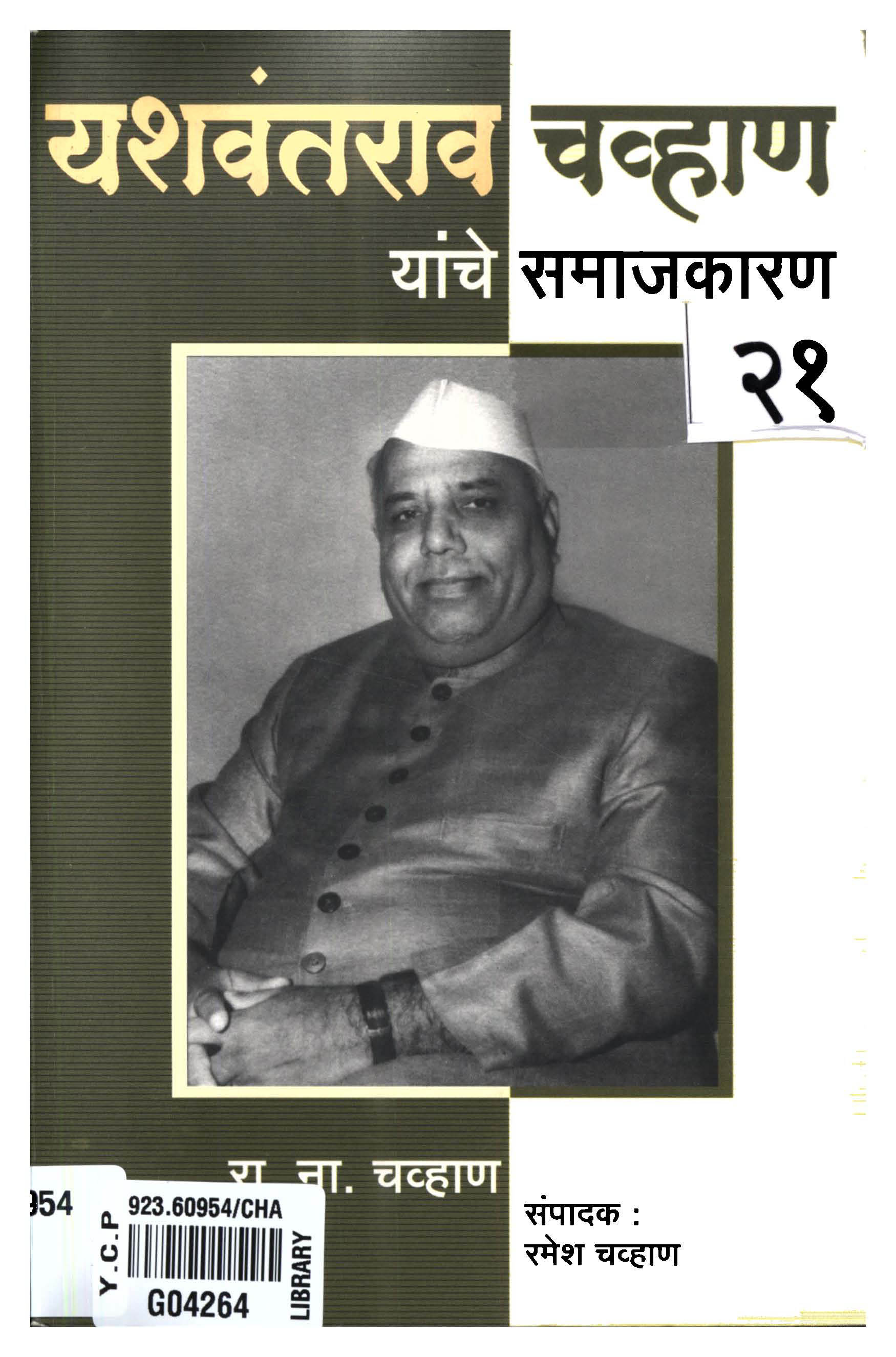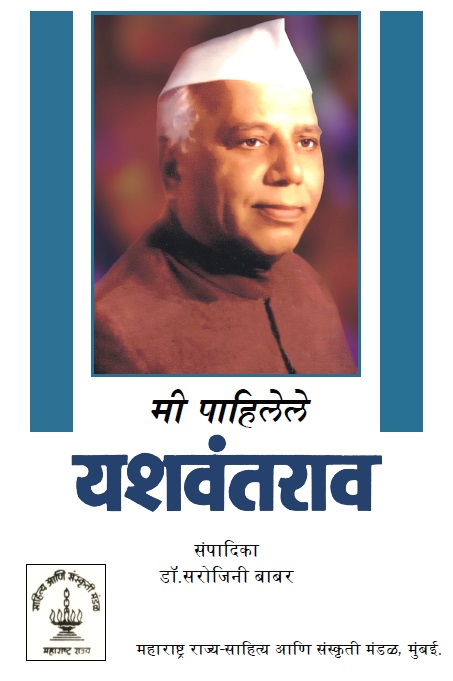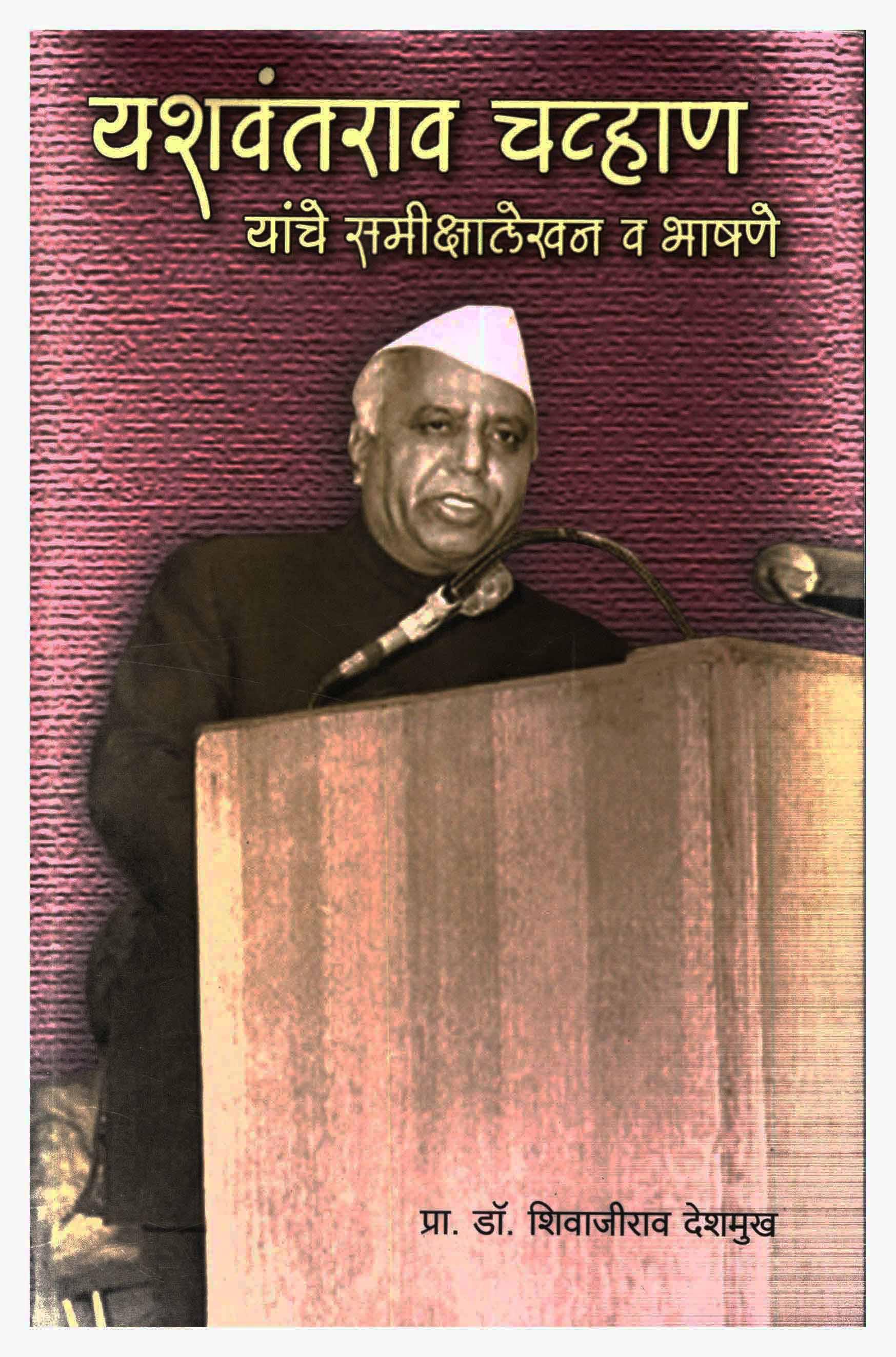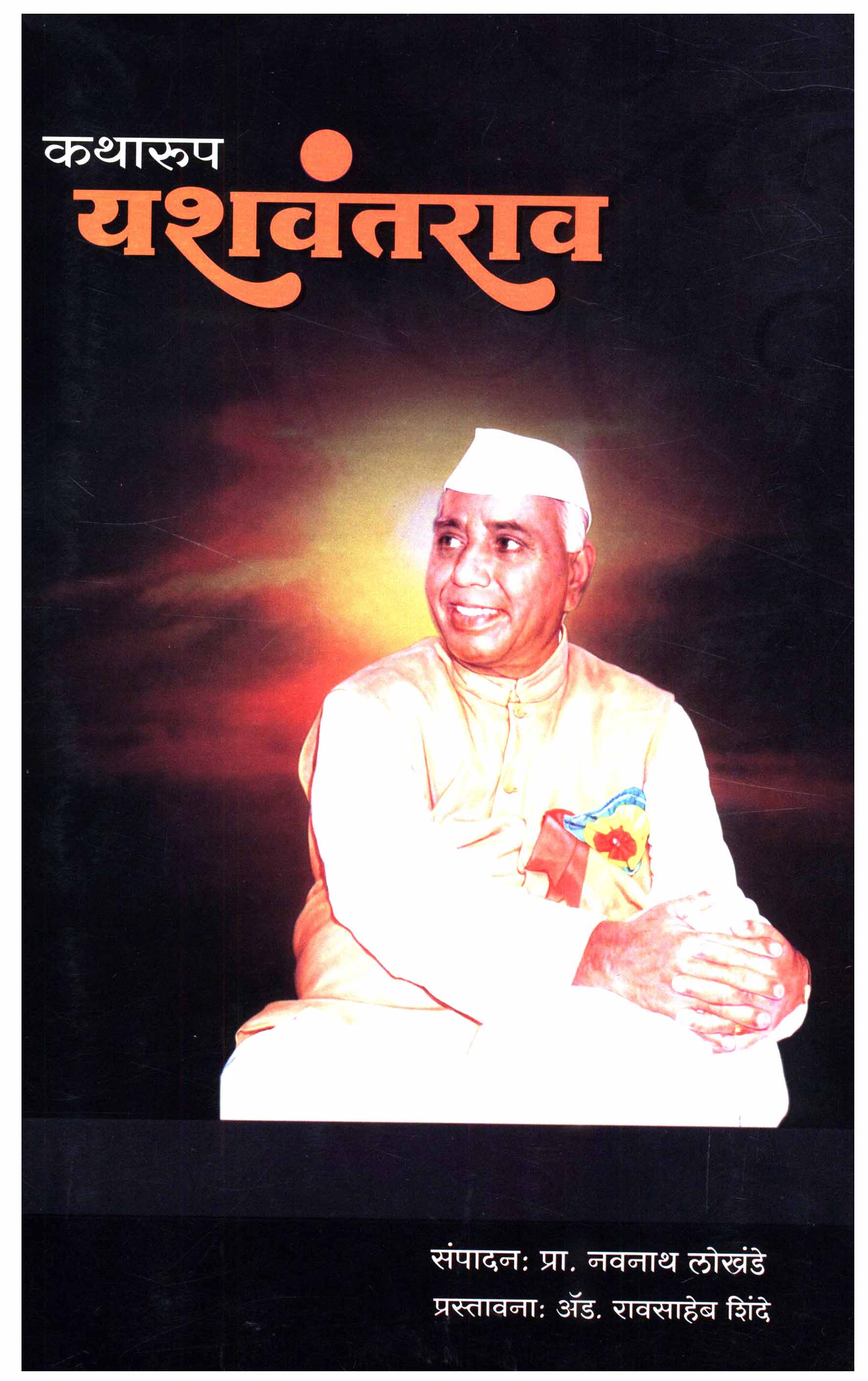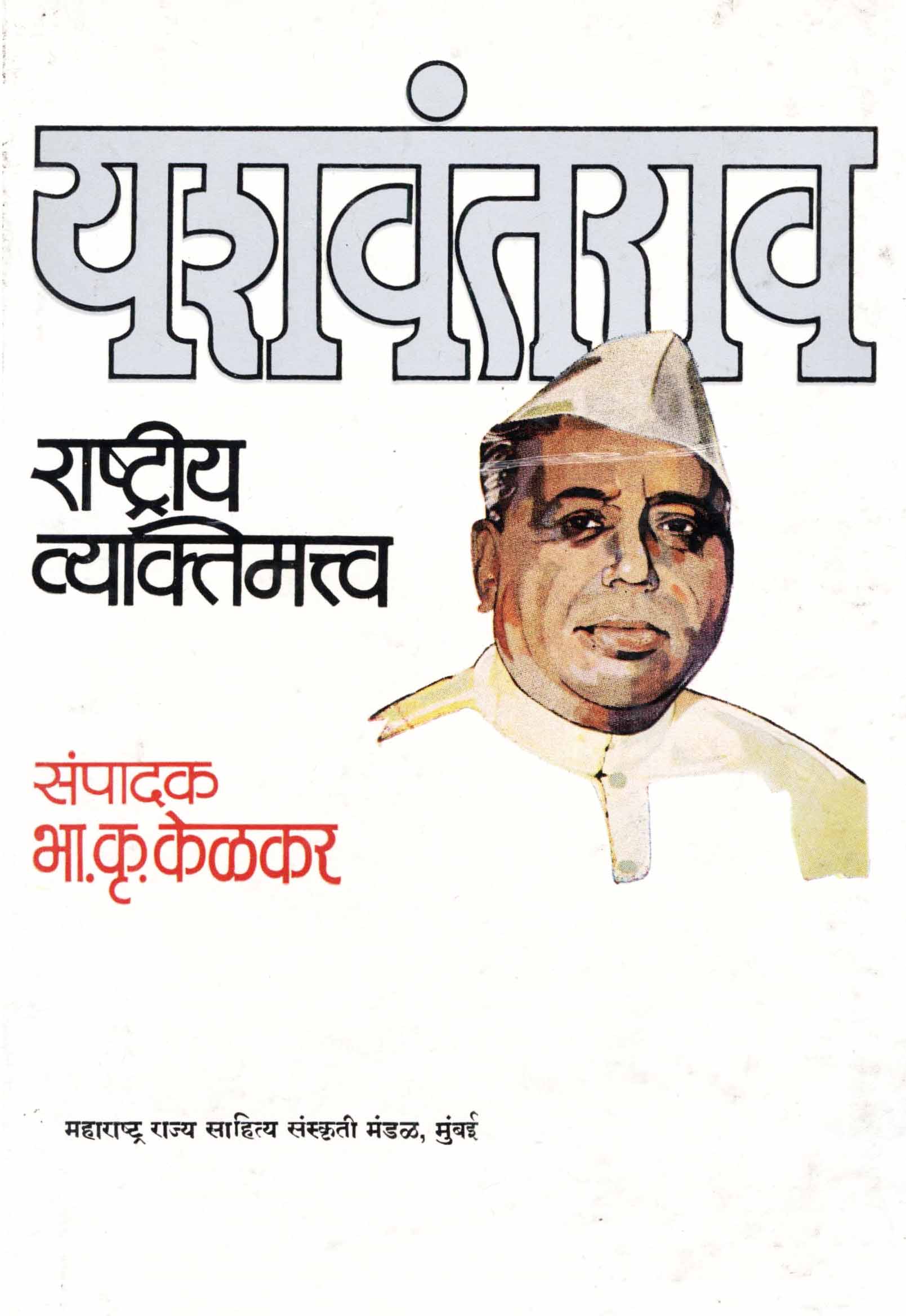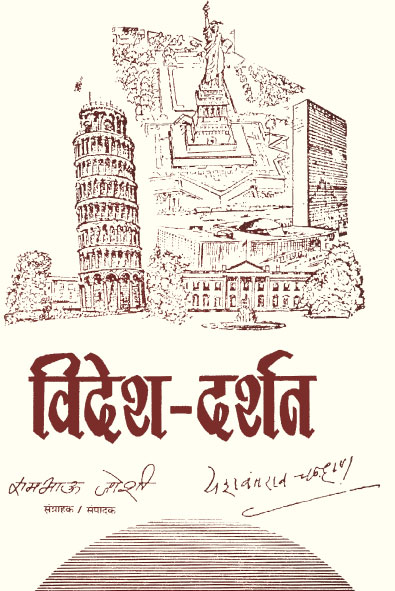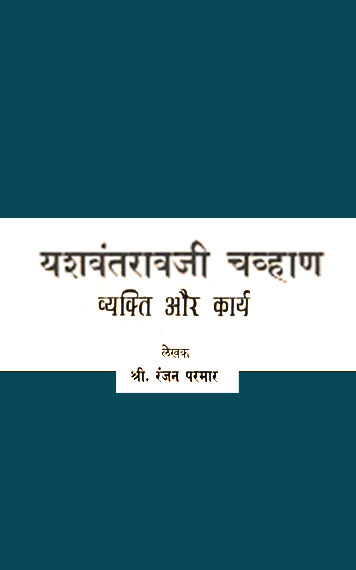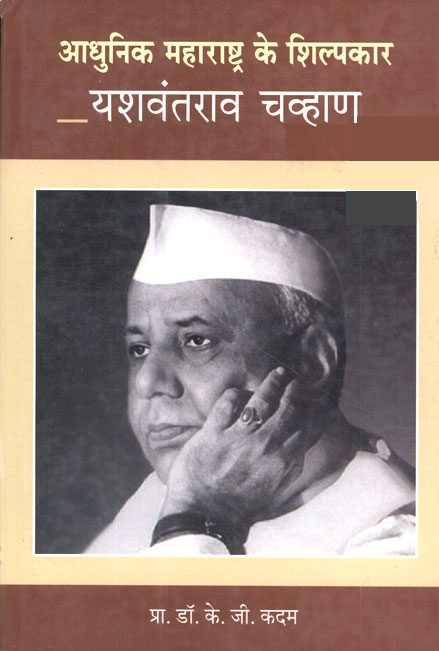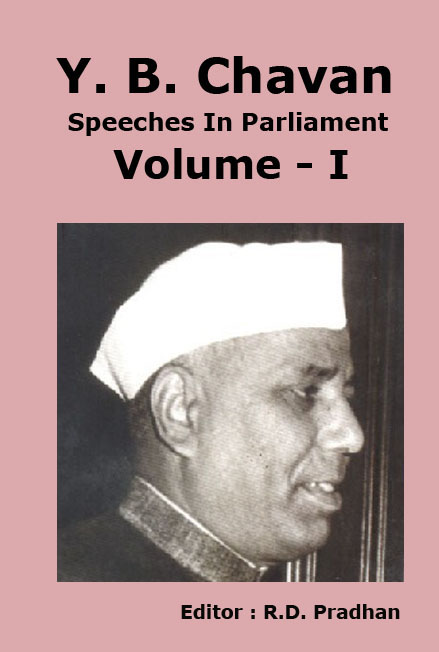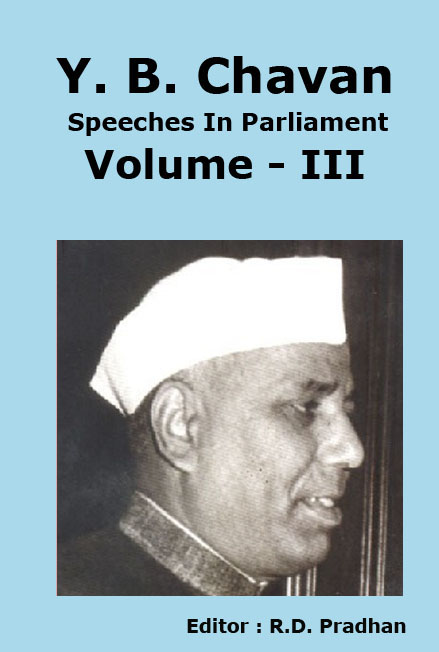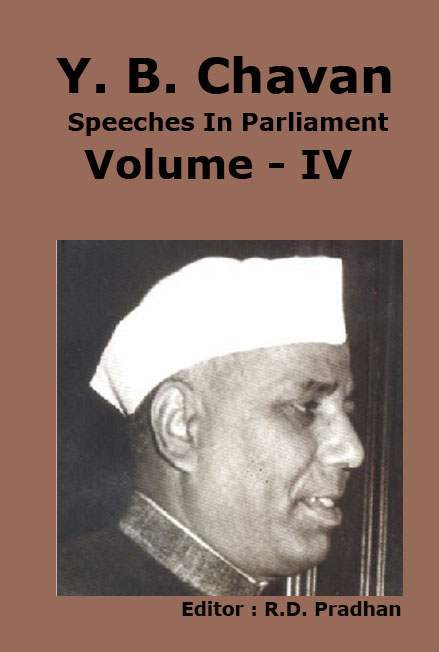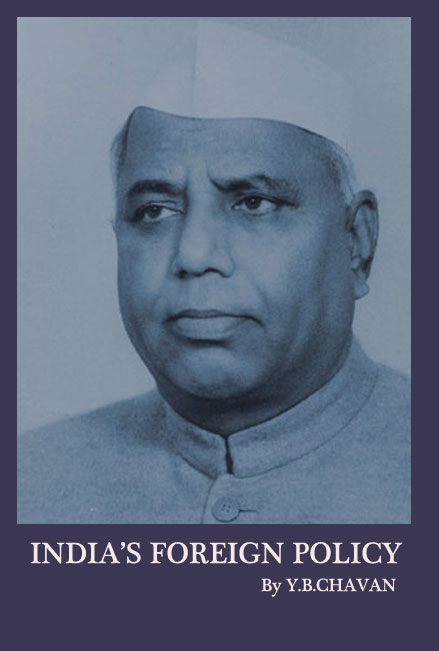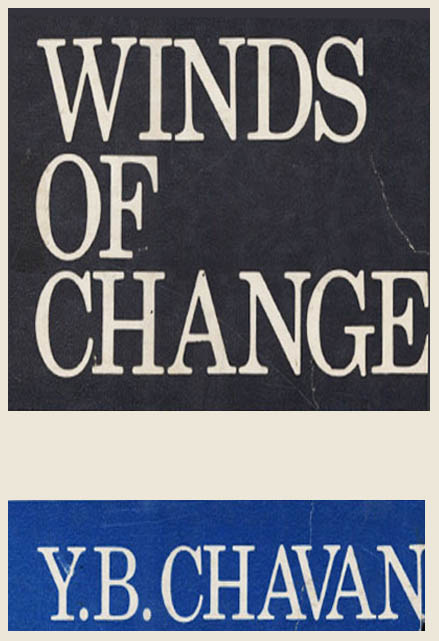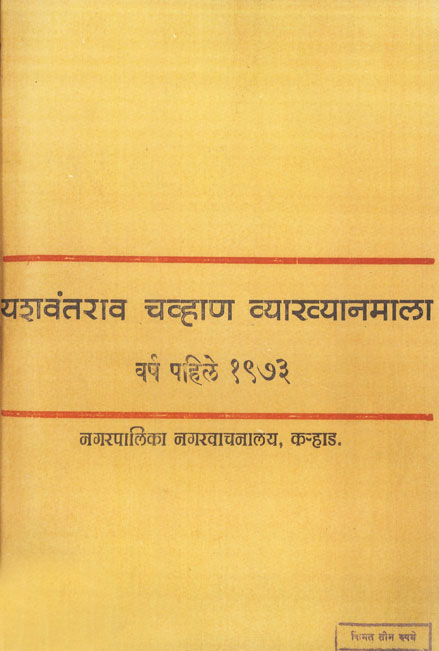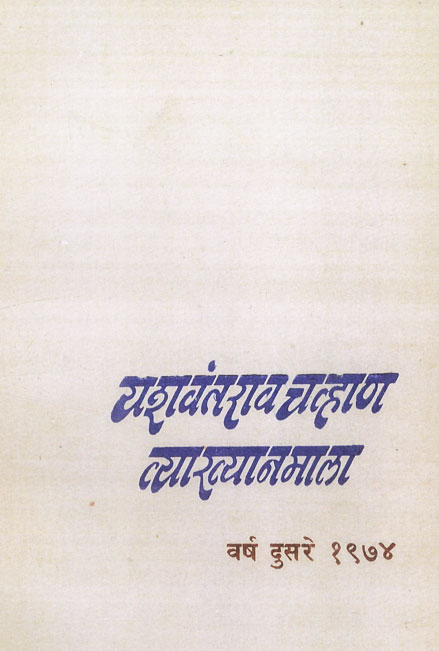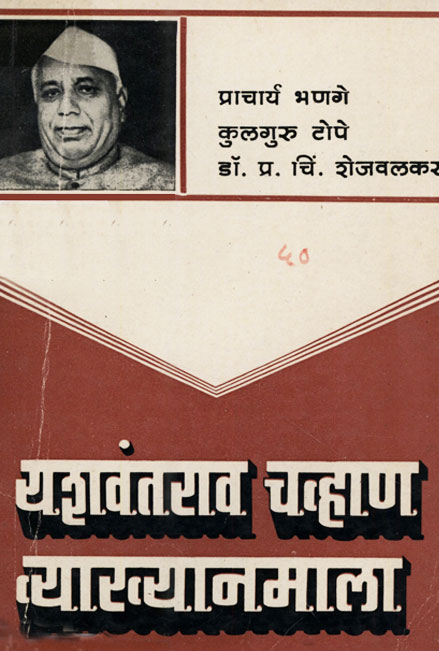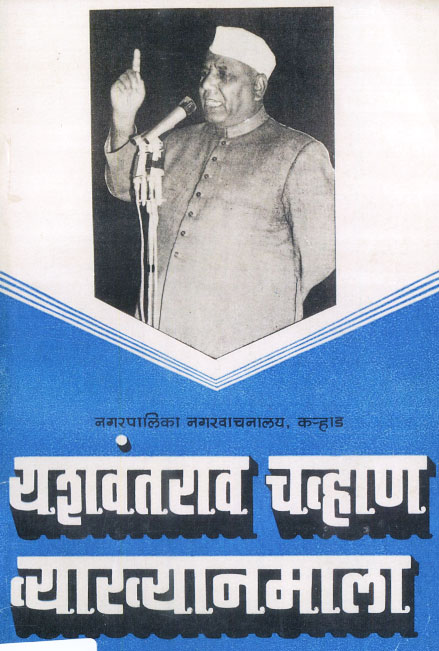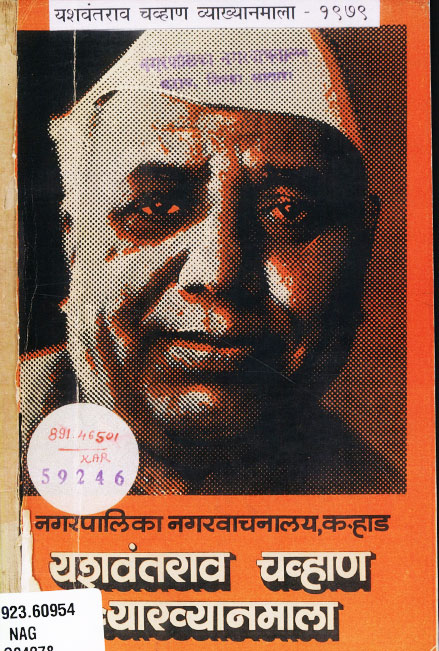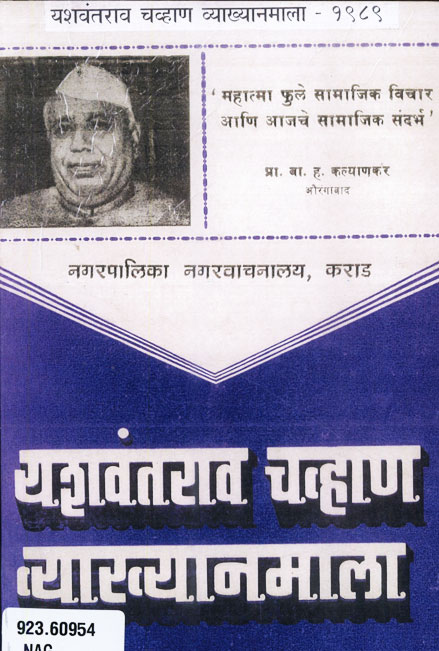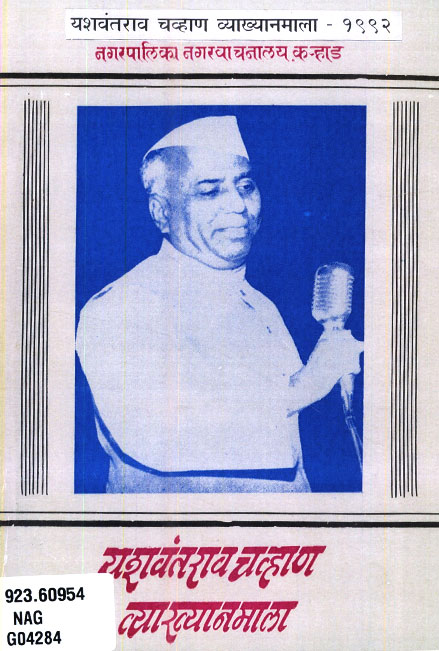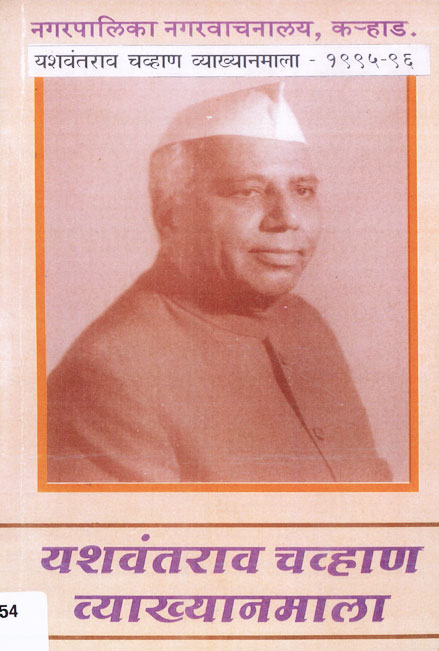This step has enabled us to cater to the requirements of neglected sectors like agriculture, small-scale industries, self-employed persons, etc. The State Bank of India and the nationalised banks have opened as many as 1610 branches during the last one year. Of the total 1873 new branches opened during the last year by all commercial banks, 1271 were at unbanked centres and of these the share of the public sector banks was 1133. The total limits sanctioned by the scheduled commercial banks to small road and water transport operators as in April 1970 showed an increase of more than three times as compared to those at the end of June 1969. All public sector banks have now formulated special schemes for providing finance to qualified entrepreneurs who have the requisite technical ability and worthwhile small-scale industrial projects but do not possess the necessary financial resources of their own.
Most of these banks have also liberalised their terms and conditions with regard to margin, security, rate of interest etc. for financing small-scale industries. Their performance in this regard has certainly been very impressive. Between the end of June 1969 and end of April 1970, the total number of units financed by these banks recorded an increase of 13,145 against a rise of 6,787 in the corresponding period of 1968-69. The increase in the amount of outstanding advances by these banks to such small-scale units during the 10 months ended April 1970 was Rs. 52.2 crores as against Rs. 38.7 crores in the corresponding period of 1968-69. To adequately cover the risk of default, the Credit Guarantee Scheme for small-scale industries was modified, and it has now been made applicable to all eligible advances on an automatic basis in terms of an agreement executed by each credit institution with a guarantee organisation. So far, 17 approved credit institutions, including all the major commercial banks and State Financial Corporations, have joined the modified scheme. As a result of this modification, the scheme has made rapid progress over the years. The amount of outstanding guarantees at the end of March 1970 stood at Rs. 567 crores as against Rs. 241 crores on June 30, 1969. The nationalised banks have also taken a variety of steps to extend credit facilities to the agricultural sector so far kept outside the purview of commercial banks. To enable the public sector banks to go forth more readily to extend credit to the rural sector, a credit guarantee scheme for small farmers has recently been approved by the Government. Under this scheme the risks in lending small amounts for fixed investment and crop loans to the agriculturists will be covered at a nominal charge. This will give a further impetus to the programme of lending to the vital agricultural sector of the economy. The Government has also recently taken a decision to adopt the scheme of differential rates of interests, so that loans and advances can be made available to the small cultivators at lower rates of interest and progressively higher rates will be charged from the well-to-do cultivators. A Committee has also been appointed by the Reserve Bank of India to review the credit requirements of self-employed persons and to rationalise and liberalise the terms and conditions of such lending.



